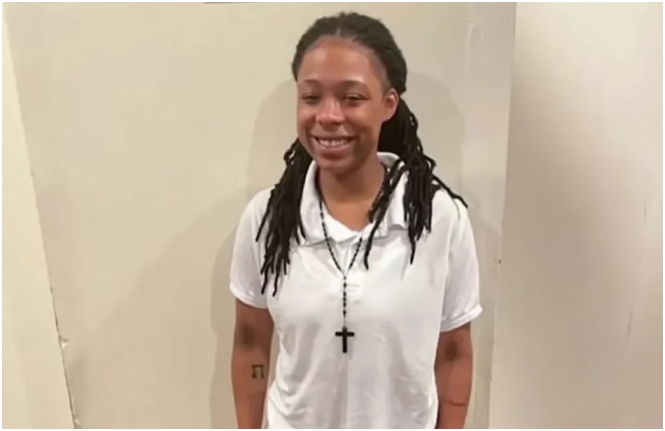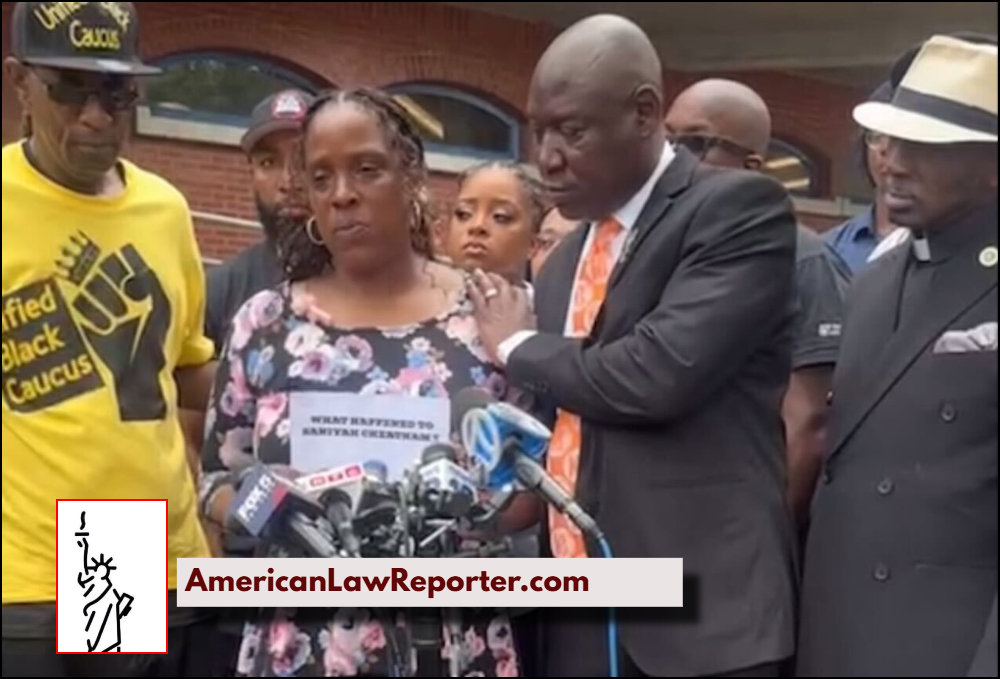Civil rights attorney Ben Crump is calling on the New York Police Department to release critical evidence following the death of 17-year-old Saniyah Cheatham, who died while in police custody after being arrested for an alleged altercation with another teen.
According to NYPD officials, Cheatham died by suicide. However, weeks after her death, the department has yet to release her autopsy report or surveillance footage from inside the detention facility—raising mounting questions and public distrust.
Crump, speaking at a press conference on Monday, July 14, demanded transparency.
“They know the answers. They haven’t put out a preliminary report. They haven’t put out a preliminary finding of the autopsy,” Crump said. “Why do we have to play this game where they attack the victim—who is dead?”

The NYPD has only confirmed that Cheatham was taken into custody following an altercation with another teenager. But no details about the circumstances of her arrest, detention, or the timeline of her death have been publicly released.
“They are the police. They got the answers. They got the video. They got the autopsy,” Crump said, underscoring the lack of transparency.
The case has triggered community outrage and drawn comparisons to other controversial in-custody deaths of Black youths. Advocates are demanding to know how a teenager arrested for a minor offense could die inside a police facility without immediate accountability.
On Instagram, Crump posted a direct plea:
“Why are we left speculating what happened while they hold the answers? Release the truth.”
Legal and Civil Rights Implications
The NYPD’s failure to release the autopsy and video evidence has prompted renewed scrutiny of the department’s handling of detainee deaths—especially involving minors. Under state law, families have a right to timely information about the death of a loved one in government custody. Legal experts warn that withholding basic records could open the city to civil liability and further federal oversight.
Crump and the family are now reportedly considering legal options, including filing a wrongful death lawsuit if evidence suggests negligence or misconduct.
A Pattern of Withheld Transparency?
Cheatham’s death echoes other high-profile cases where authorities withheld key evidence following in-custody deaths. In New York City and across the country, similar incidents have led to calls for body camera reforms, independent autopsies, and civilian oversight of detention facilities.
Crump’s comments emphasized a broader issue: the dehumanization and criminalization of Black youth in the justice system.
“Why was she arrested? They said she was in an altercation with another teenager—that’s what they said. So why the silence now?”
What Happens Next
Public pressure is mounting for the NYPD to release the surveillance footage and the results of Cheatham’s autopsy. Meanwhile, Crump has vowed to keep the case in the national spotlight.
“We will not rest until the truth is known,” he said.

